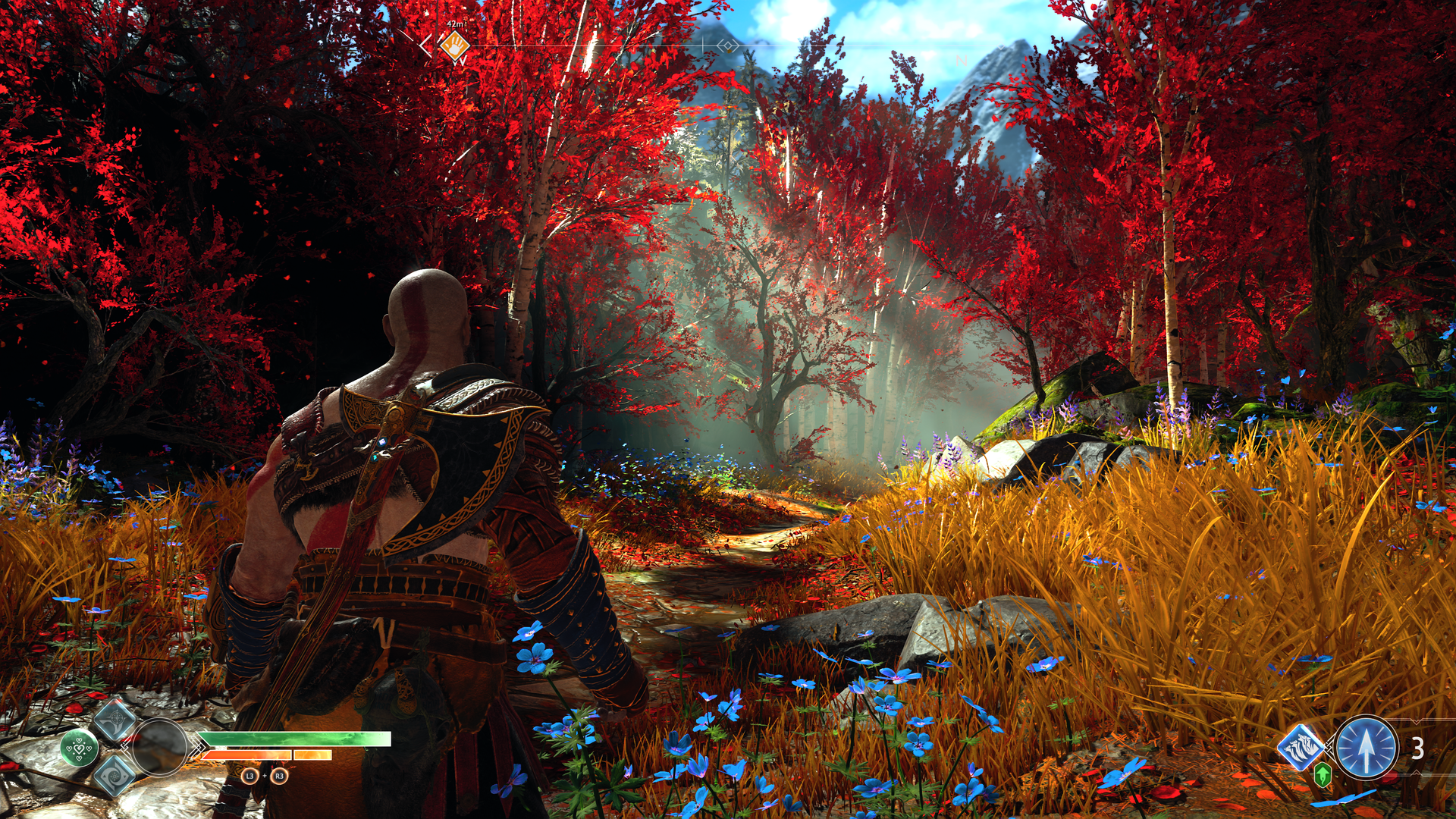
It’s been a long five years since the last main entry to the venerable God of War franchise. The ending of God of War III left a little room for continuation of the series, but with the events that had transpired, a return to ancient Greece would have required Herculean efforts to retool the setting. Developer Sony Santa Monica’s answer? Change the setting to the lands of Norse mythology. Kratos is a demigod after all, right? So who’s to say that he couldn’t make such a drastic shift? Time to see if this epic transition has been a monumental triumph or an Olympian catastrophe. Check out our (spoiler-free!) God of War review now!
Incredible Visuals
God of War is a sublime feast for the eyes. Norse gods have never looked better. The environments of the Scandinavian region are exquisitely detailed, with lush plant life and even some wildlife popping up from time to time. Kratos’ adventure takes him to otherworldly realms as well, each also well detailed and showing a respect of the mythology from which inspiration is drawn. Kratos looks better than he ever has, with a Letterman-esque beard to boot. Animation is seamless, as are the many cutscenes that tell the story of Kratos and his son in a strange land.
While God of War looks great on any display, using a PlayStation 4 Pro hooked up to a 4K HDR screen ramps things up intensely. A special option unlocks when playing on the Pro, which instructs the game engine to favor either performance or resolution. The performance setting appears to run the game at a near-constant 60 frames-per-second, while rendering the game at 1080p. The resolution mode uses checkerboard rendering methods to achieve 4K output, and the frame rate is scaled back to around 30fps. Unless playing on a harder difficulty where timing is more important, the visual upgrade seen in the resolution setting is well worth the lower frame rate. HDR is also an effect that must be seen to be believed. Colors absolutely pop out of the television, revealing the brightest of whites when suddenly exposed to the sun, deep reds of foliage, and shifting blues and greens of the many bodies of water across the lands. So if possible, at least experience God of War on a recent display; your eyes will thank you. Sadly, a promised photo mode was not ready as of this writing, though Sony has indicated that a forthcoming patch will bring that functionality. If it’s anything like the God of War III Remastered photo mode, expect greatness.
Audio design is always important to draw players into a world, and it can bring them back for more. God of War has a new voice actor for Kratos, and while the work of Terrence Carson will be missed, Christopher Judge’s work is just as phenomenal. After spending an inordinate amount of time away from people, and after getting into who knows what kinds of problems during his time away from ancient Greece, Kratos’ voice has somehow become even grittier than before. It’s an excellent change. Atreus is a typical adolescent, with a much higher pitch but thankfully not to an annoying level, and his banter with his father and Mimir, a talking head, is entertaining. Other gods and minor characters are all expertly voiced, and it’s easy to tell the emotion of someone just going off of their voice. Some of the enemies Kratos faces also make disturbing noises, and of course the epic World Serpent has some of the best, if brief, dialogue that must be heard on a surround sound system or pair of headphones with decent bass response to be fully appreciated.
Modern Combat
Combat in God of War has noticeably changed. Kratos can imbue his weapons and armor with enhancement runes dropped by enemies or found in coffins and treasure chests hidden throughout the adventure. These runes vary in rarity, from common to rare, legendary, and finally, epic. Thankfully, the only requirement of a rune to be equipped is for a weapon or piece or armor to have an available enhancement slot – if you like it, you can try it out right away, with no minimum level to reach first. Offensive runes use light or heavy combo attacks, and can be leveled up with experience points to inflict more damage or debuffs on enemies. Throwing the Leviathan Axe into an enemy will freeze most of them, allowing Kratos to run up to the stunned enemy and deliver a haymaker or perform a finishing move if the enemy’s stun level is high enough.
Previous God of War games relied on the face buttons for the majority of attacks. Here, R1 and R2 are relegated to light and heavy attacks, respectively. The shift in camera angle from fixed to third-person has necessitated that the right stick be used for camera control, as opposed to dodging, which is now assigned to the cross button. The Leviathan Axe is a versatile weapon, and holding L2 enables an aim mode, whereby Kratos has a whole new set of ranged attacks at his disposal, depending on enhancements installed on the axe. Except for a few puzzles, manual aiming is an optional combat mechanic that is rarely forced upon the player – generally, an enemy can be taken out via brute force, though that may not always be the smartest option. For instance, the axe can be recalled at will from wherever it lands if thrown, which can also damage enemies on the return trip back to Kratos’ hand, interrupting their attacks. It’s a very versatile weapon, and will almost make players forget about those pesky chains Kratos used before.
For anyone worrying that Atreus would be an annoying thorn in Kratos’ side, those fears can be considered squashed. The boy is a nimble fighter, who starts out slow to the draw with his bow and arrow at first, but who quickly becomes very adept, to the point that he is almost indispensable and becomes a welcome ally to assist Kratos. Aiming with the right stick in the direction of an enemy, even during melee combat, and pressing square is all it takes to have Atreus shoot an enemy with an arrow, or perform other context-aware actions based on what is going on with Kratos. The number of moves at Atreus’ disposal is impressive, and even his abilities can be upgraded and swapped, to boot. The latter half of the adventure really opens the boy up to allow him to become an asset, for reasons which cannot be divulged here and are best experienced unspoiled.
Over Here, Boy
Now, for fans worrying that Kratos has softened over the years because he is no longer focused on vengeance, once again, those fears can be allayed. Kratos is focused on honoring his wife’s request and teaching his son how to survive in a world where almost everything is out to get them. If threatened, Kratos can and will channel his inner Spartan and decimate anyone and everything in his path – don’t mess with his (new) family. He has learned to control this rage, however, and with all-consuming vengeance a thing of his past, Kratos has had room to grow as a demigod. There are numerous great moments shared between Kratos and Atreus, which will cause many gamers to empathize with both. When the adventure is over with, it becomes hard to imagine a God of War game in the future without these two working together and learning from one another. It’s easy to see that Director Cory Barlog understood, on a personal level, how to impose such a drastic characterization shift of Kratos without disposing of his old traits altogether. After all, parenthood changes every being, even gods, as has been written in many real-life religious texts throughout the ages.
Kratos’ latest adventure is his most grandiose. Focusing mostly on the main campaign, it will take most gamers around 20 hours on Normal to complete – over twice as long as an average playthrough of any of the previous entries. Taking a more leisurely pace, or taking on many of the available side quests or actions available as the adventure opens up, guarantees a play time of at least 40 hours. Generally speaking, the Normal setting will be suitable for average gamers, though achieving some end-game items may make final encounters easy. A “God of War” difficulty setting is also available, and cannot be scaled back once a game is begun on that setting. However, there are multiple save slots as well as a generous auto-save checkpoint system. For those who can’t stand non-linear progression, fast travel options become available early on, and in-game icons can be helpfully enabled to ensure Kratos and Atreus are always moving towards their ultimate goal. More immersive options hide the UI entirely, with the idea being that God of War’s visuals are complex enough to explain what’s going on without any prompts, an idea that works surprisingly well.
God of War is an epic reboot of an epic franchise. The evolution of Kratos could have gone horribly wrong. Instead, Santa Monica Studio has given the franchise the treatment it deserves. This new narrative tone has heart, and serves to make Kratos much more relatable in his new role as protector, while remaining as brutal as past installments. Reworked and improved combat options make for an enjoyable and customizable experience, and phenomenal audiovisual performance ensures that each trip to the mythical lands before the Vikings is a wonderfully grisly experience. God of War is a must-buy experience well worth the wait.
God of War review code provided by publisher. Version 1.03 reviewed on a PS4 Pro. For more information on scoring please see our Review Policy here.
-
Fantastic new setting
-
Eye-watering visuals
-
Enthralling, lengthy, epic story
-
Improved combat
-
...no photo mode (coming soon!)
God of War Review
-
God of War Review #1

-
God of War Review #2
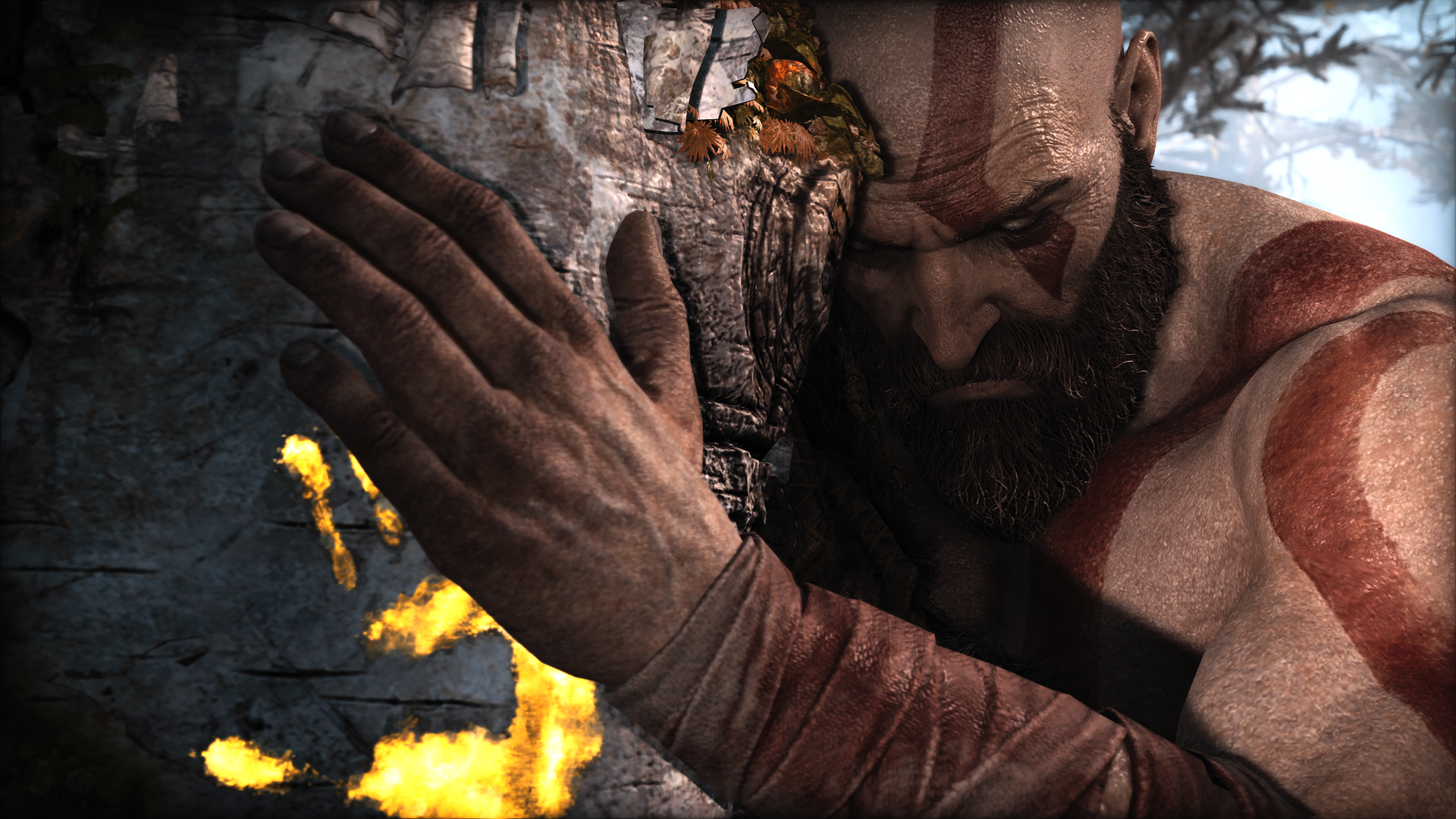
-
God of War Review #3
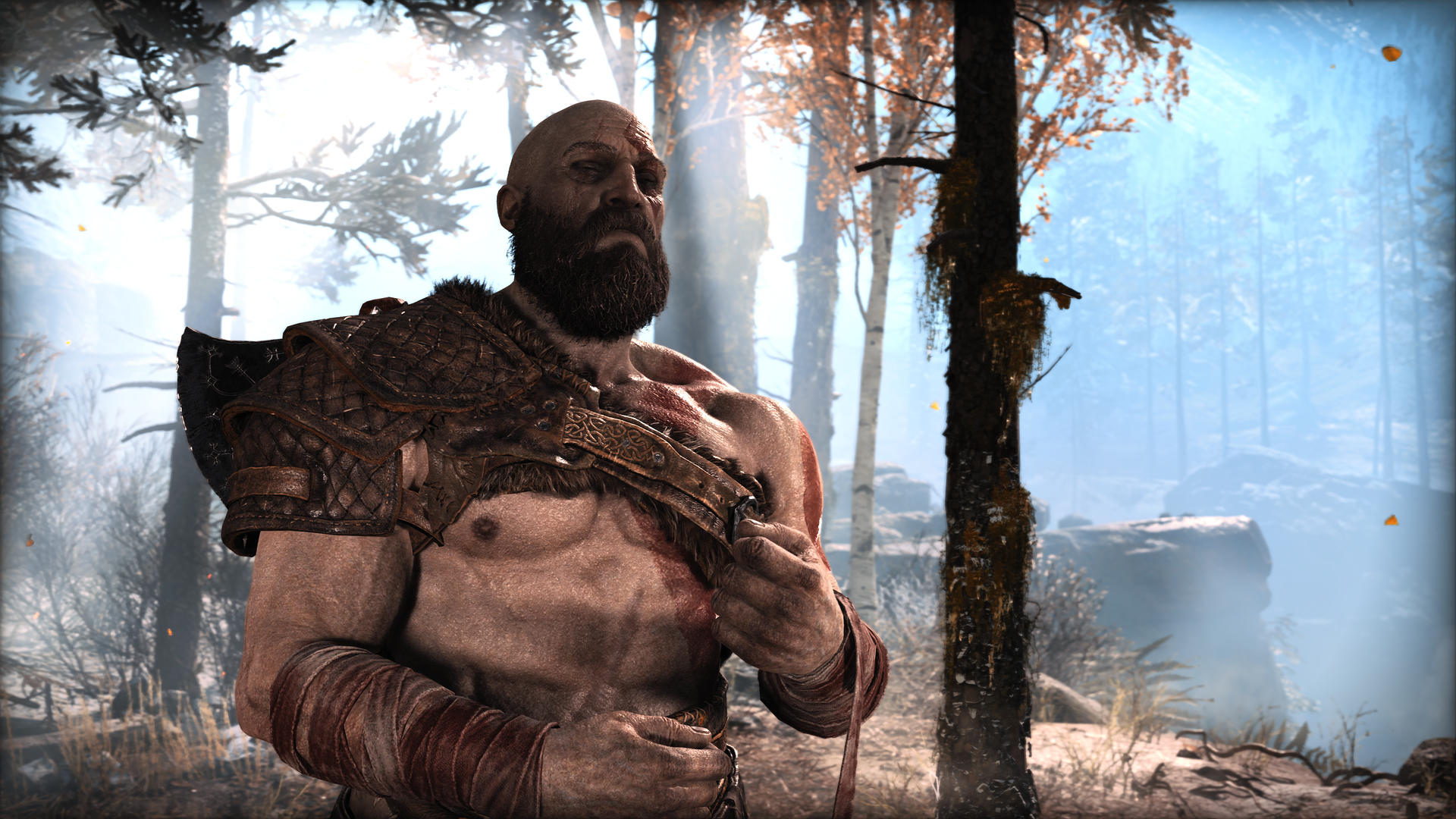
-
God of War Review #4

-
God of War Review #5
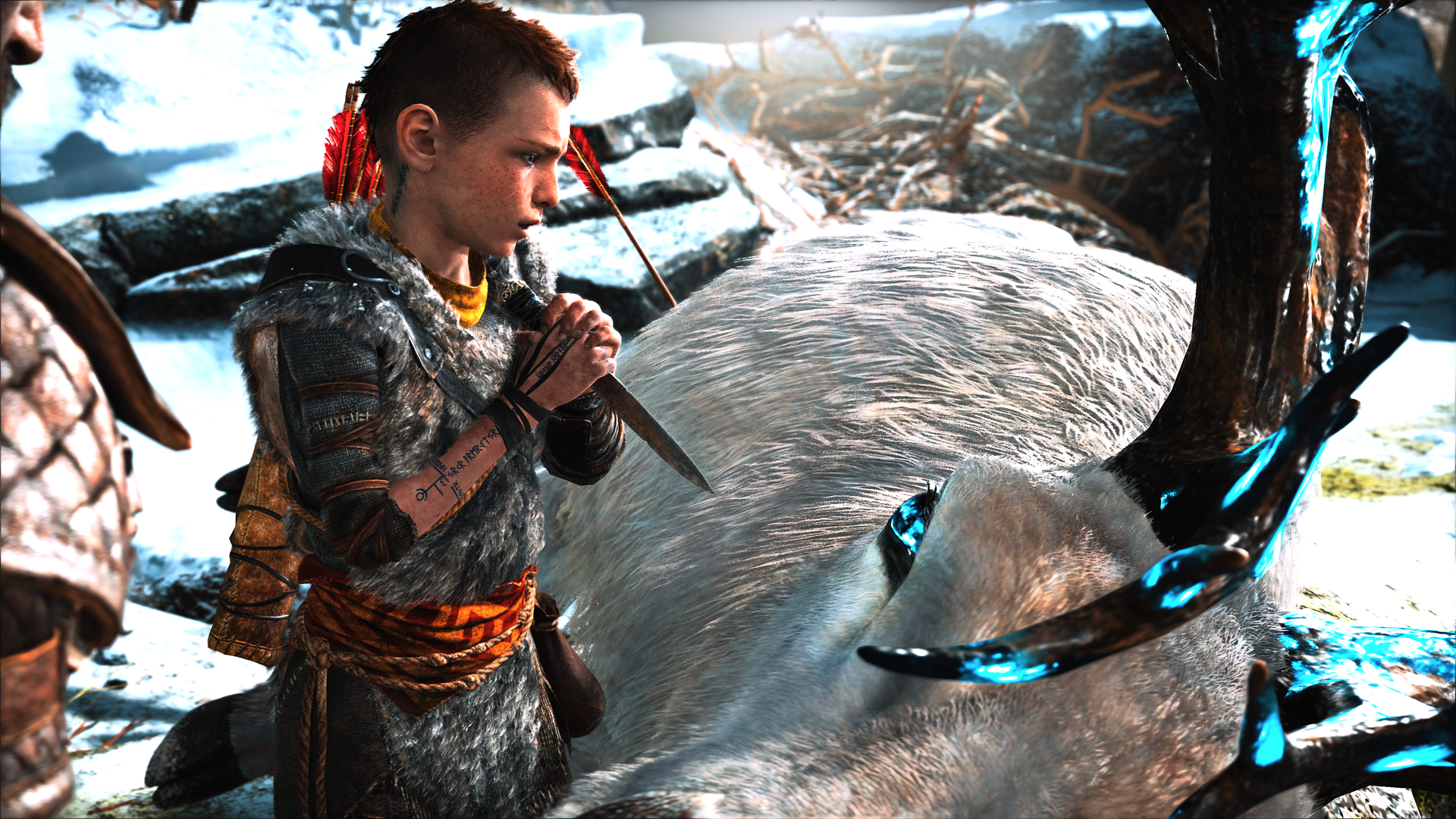
-
God of War Review #6
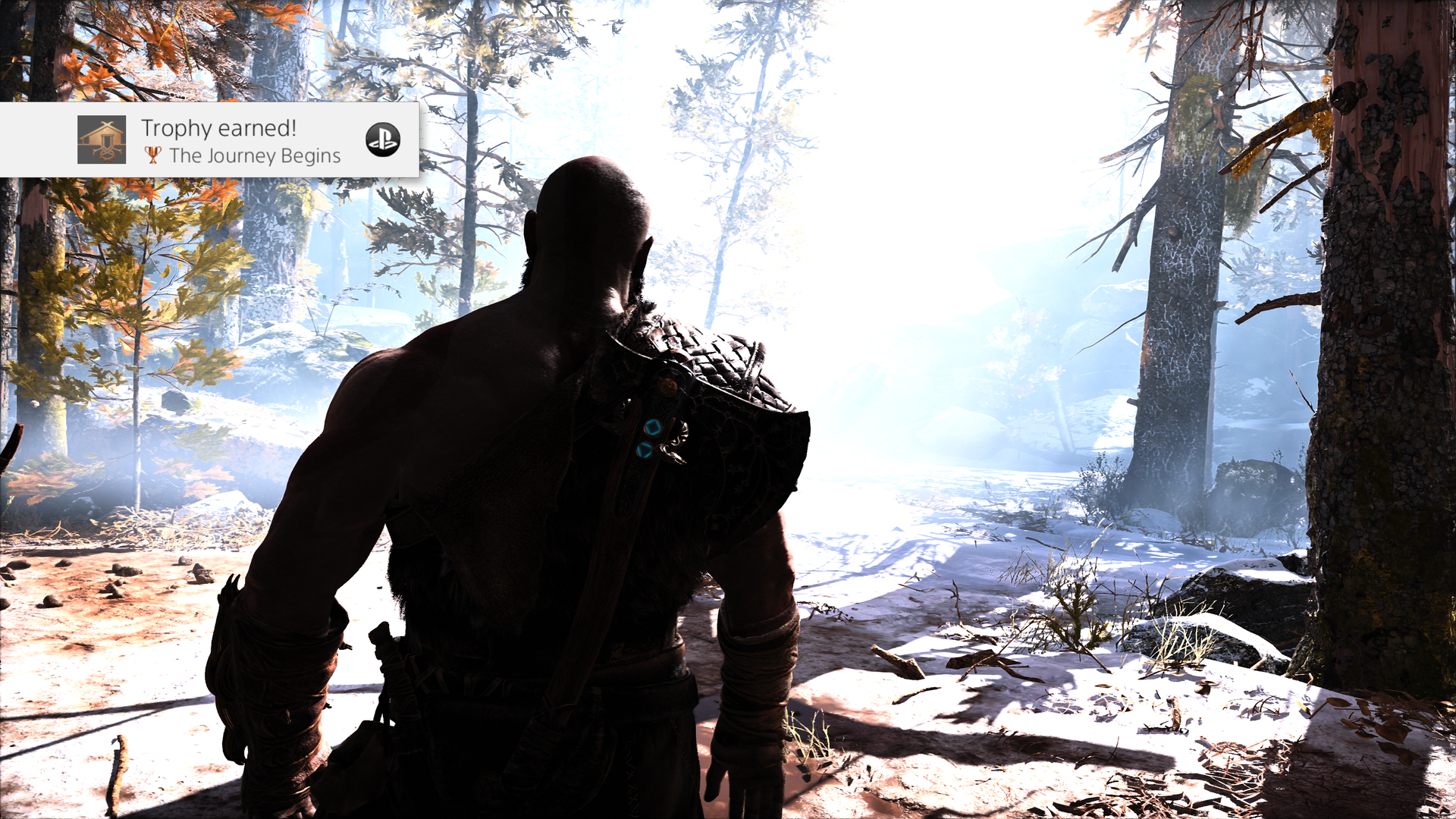
-
God of War Review #7
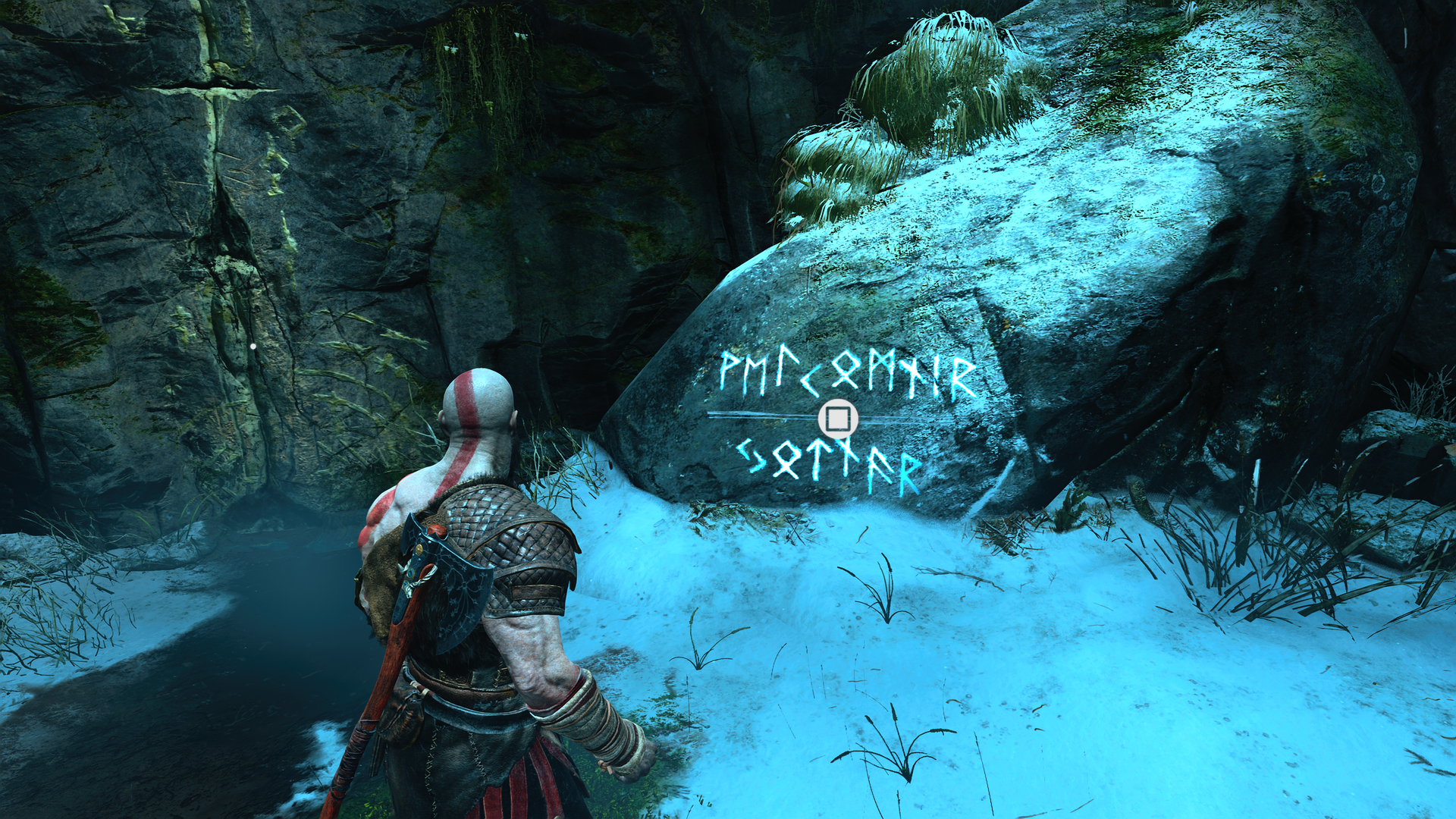
-
God of War Review #8

-
God of War Review #9
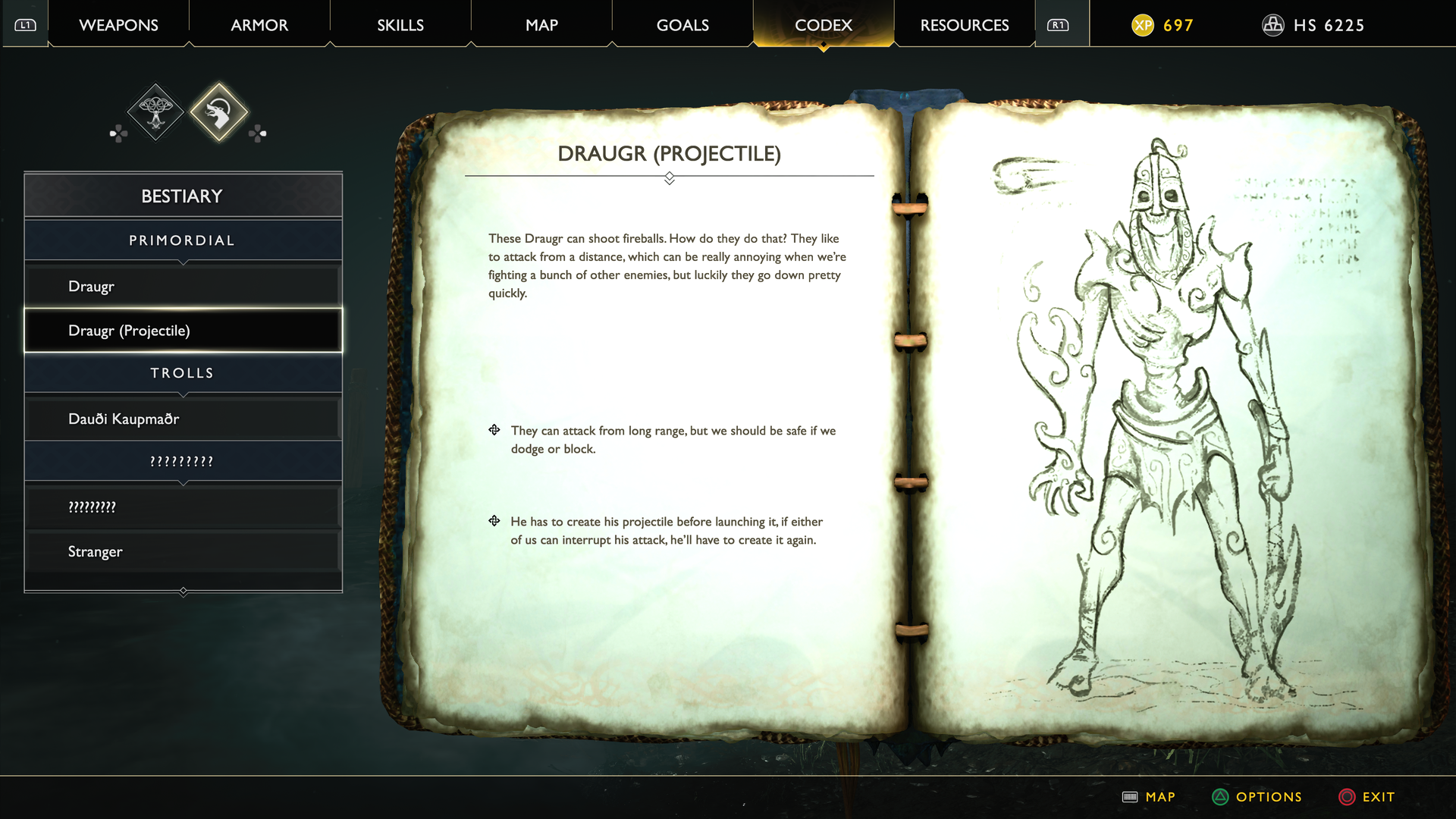
-
God of War Review #10

-
God of War Review #11

-
God of War Review #12

-
God of War Review #13

-
God of War Review #14

-
God of War Review #15

-
God of War Review #16

-
God of War Review #17

-
God of War Review #18
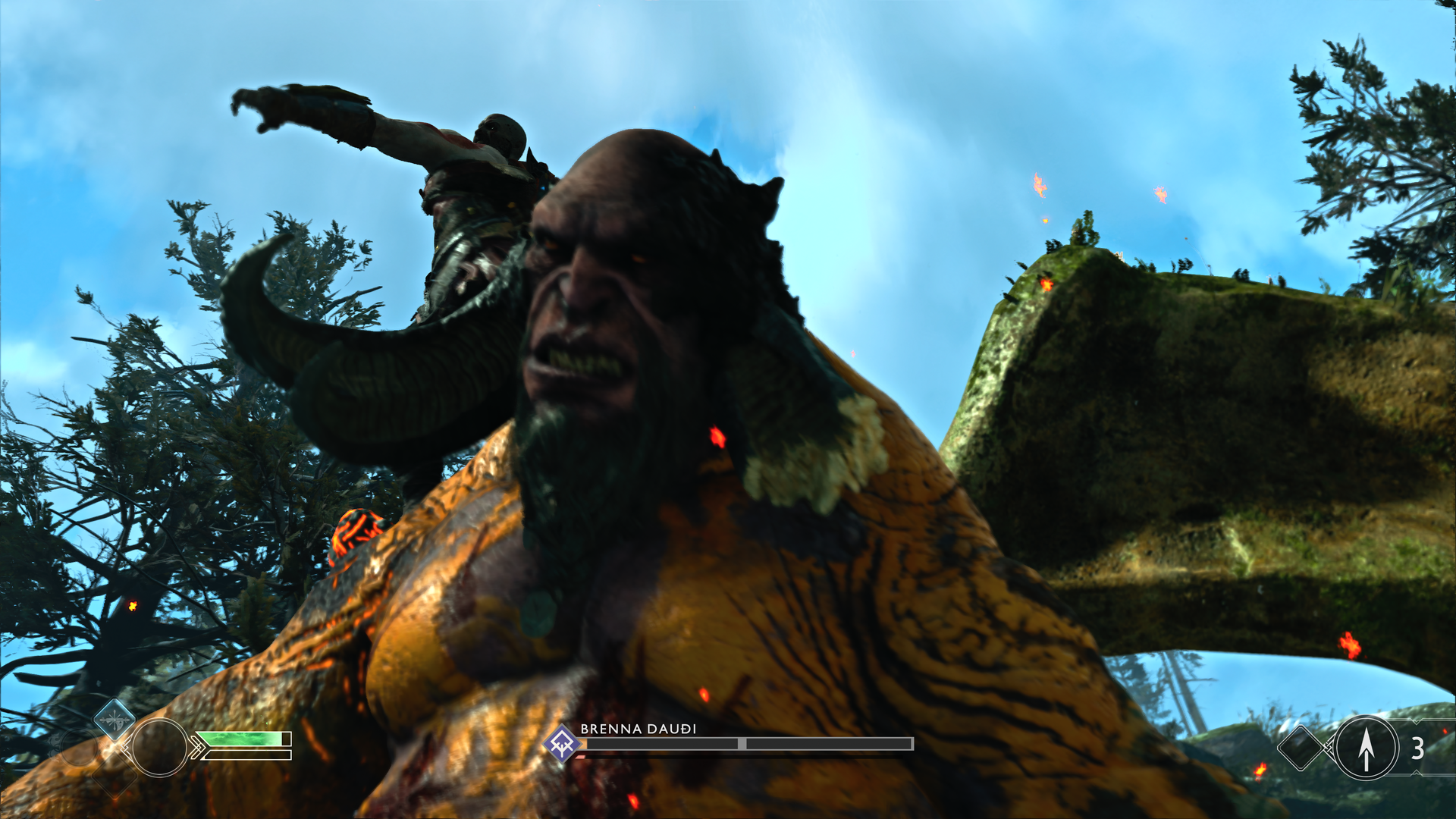
-
God of War Review #19

-
God of War Review #20

-
God of War Review #21

-
God of War Review #22
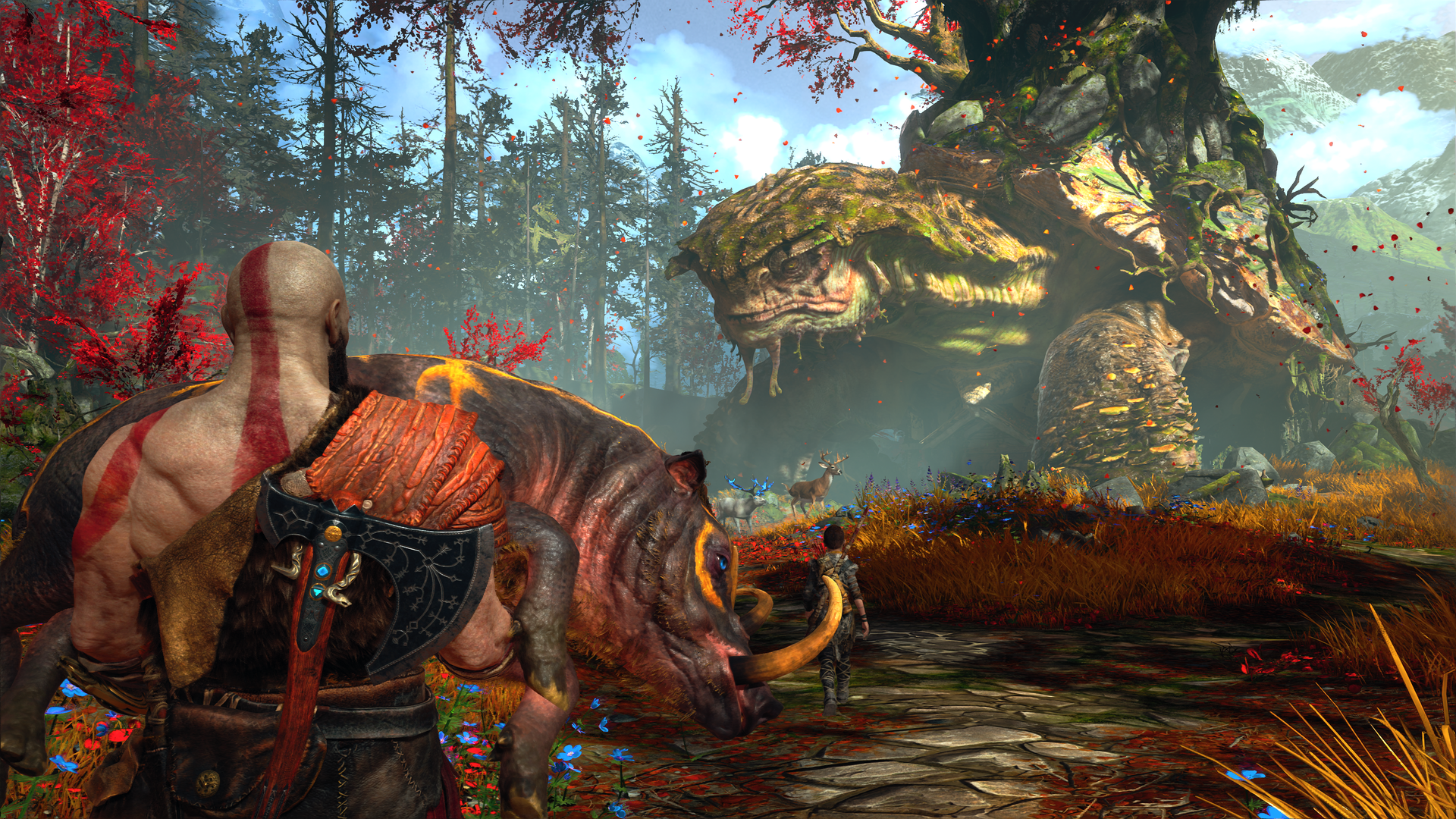
-
God of War Review #23

-
God of War Review #24

-
God of War Review #25

-
God of War Review #26

-
God of War Review #27
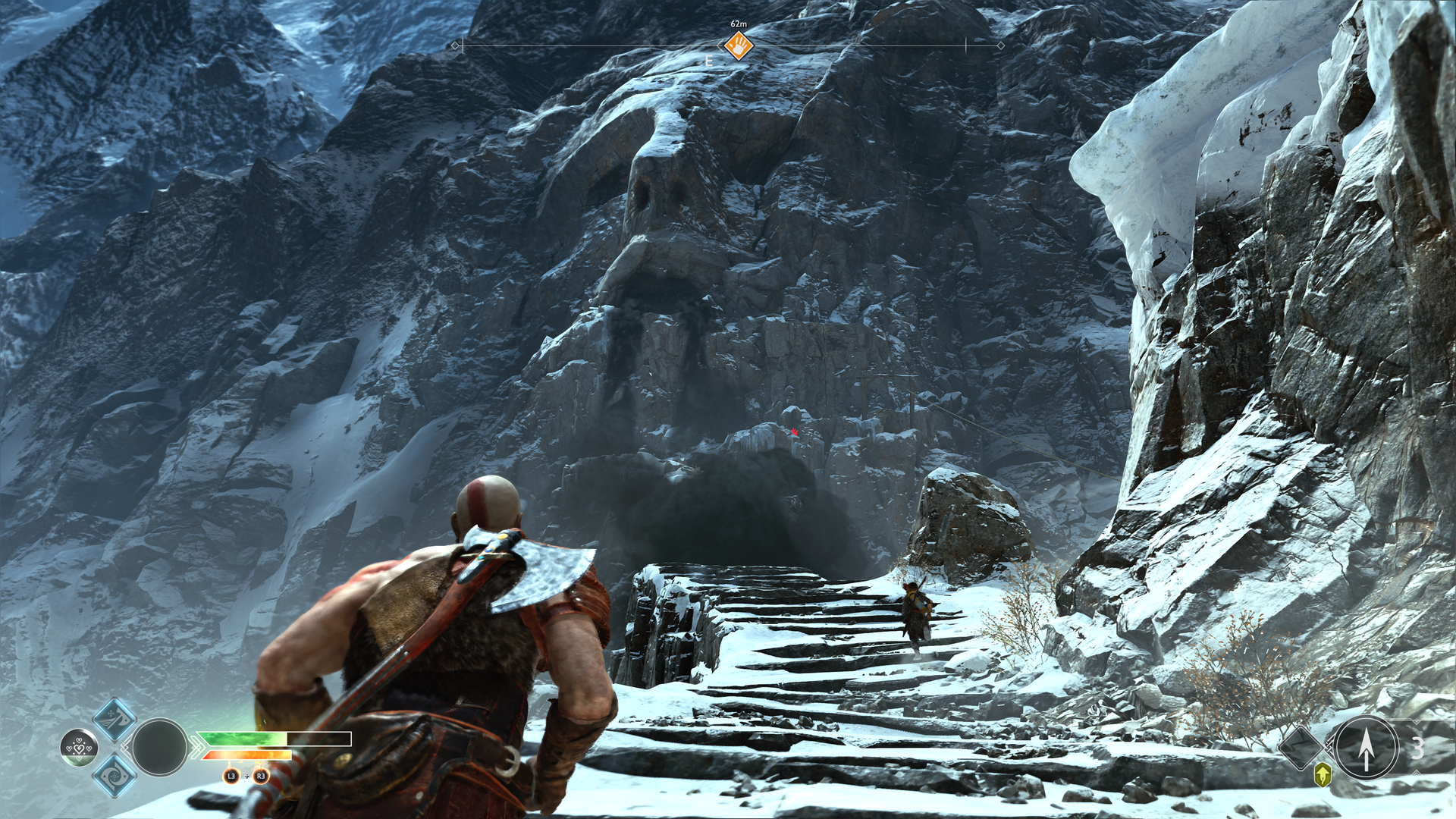
-
God of War Review #28

-
God of War Review #29

-
God of War Review #30

-
God of War Review #31

-
God of War Review #32

-
God of War Review #33

-
God of War Review #34

-
God of War Review #35

-
God of War Review #36

-
God of War Review #37

-
God of War Review #38
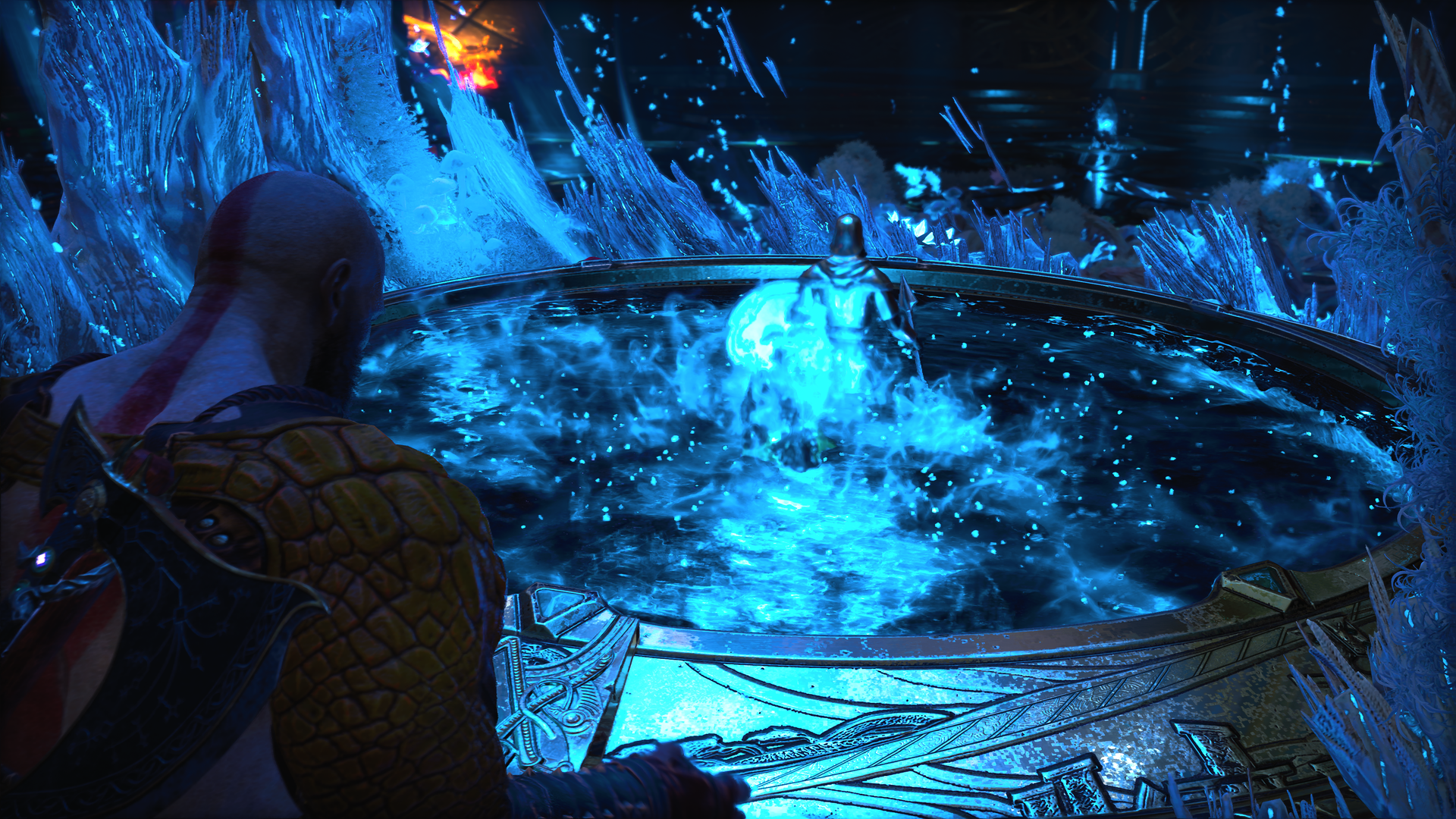
-
God of War Review #39

-
God of War Review #40

-
God of War Review #41
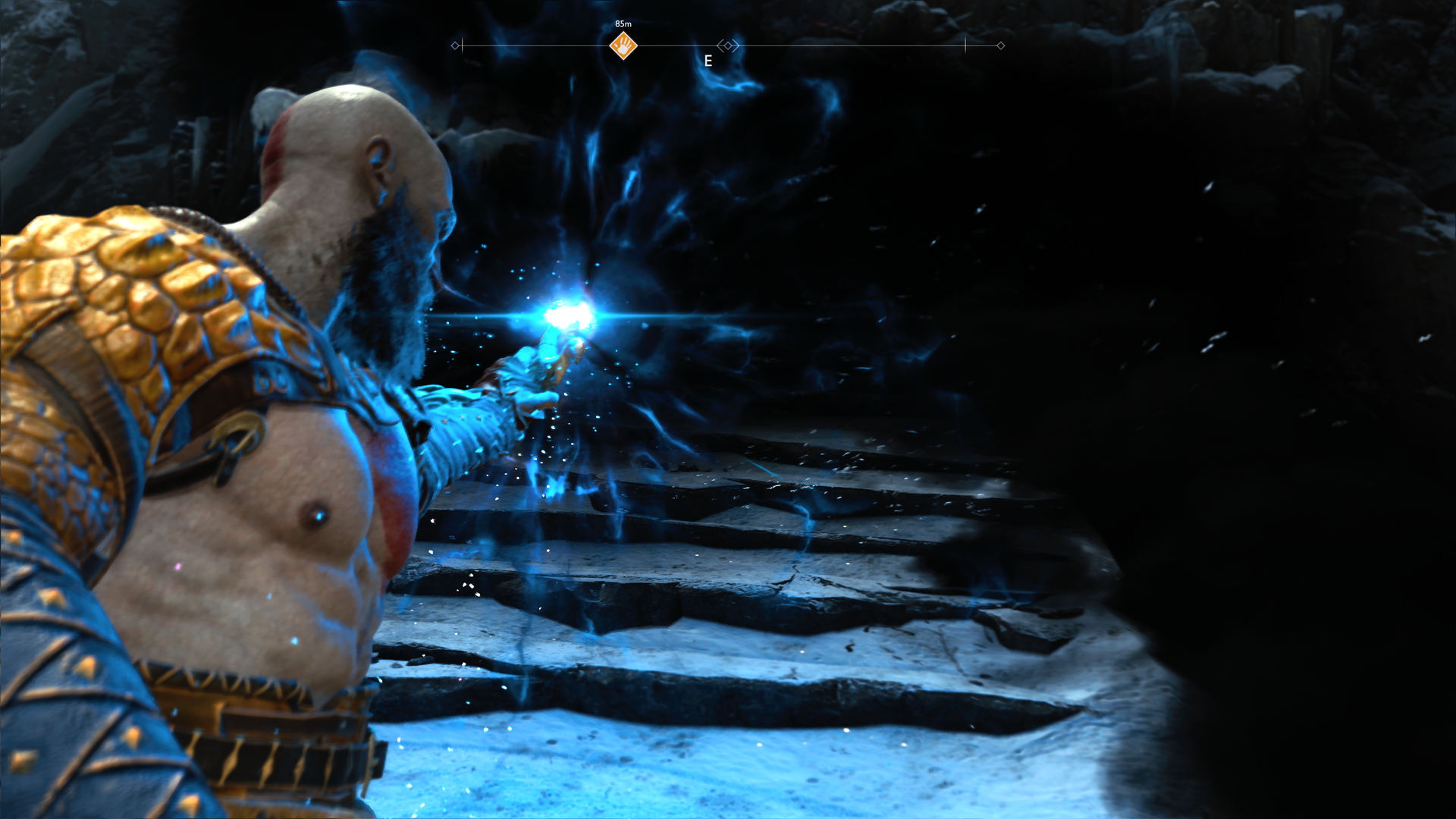
-
God of War Review #42
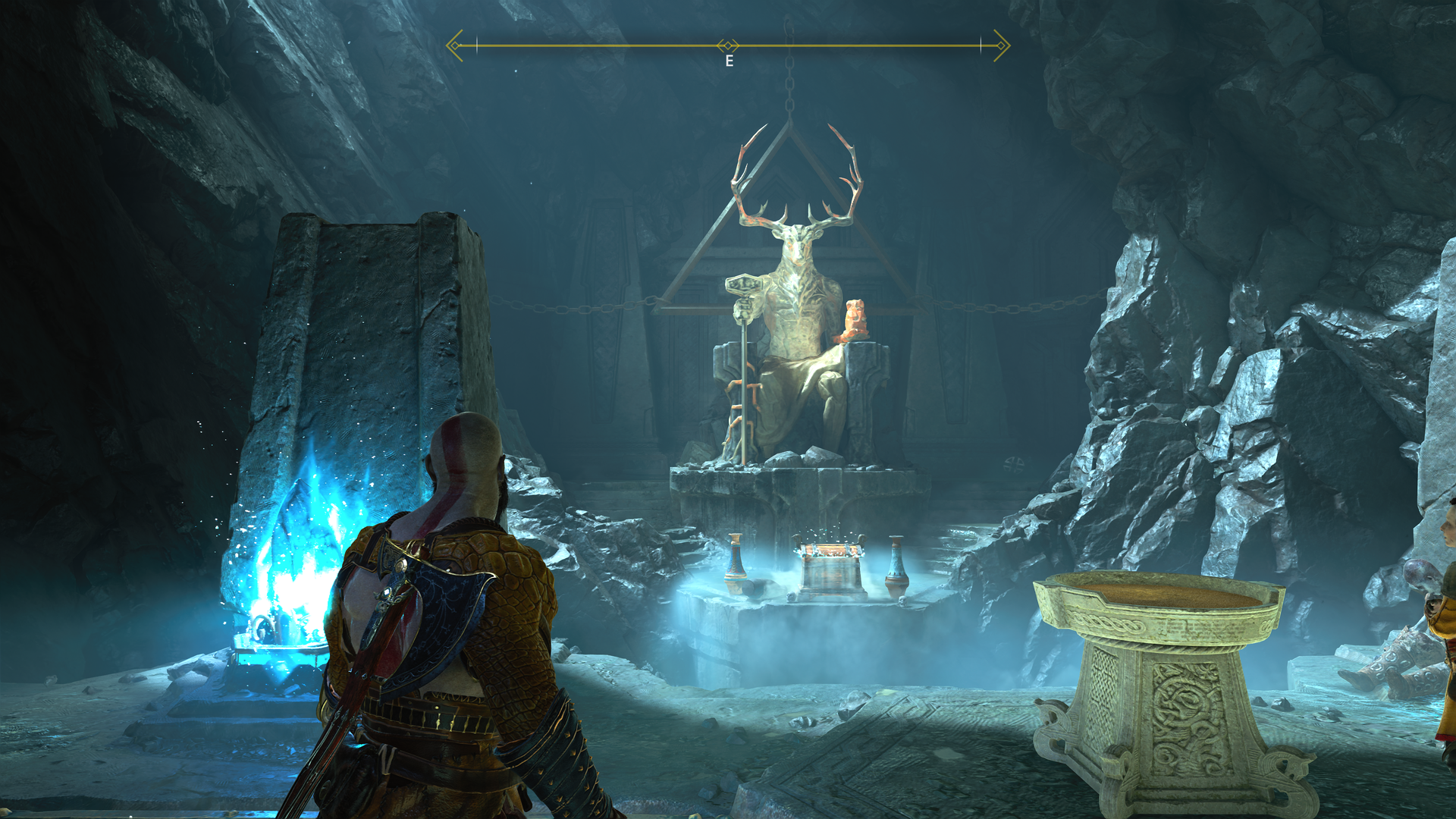
-
God of War Review #43

-
God of War Review #44
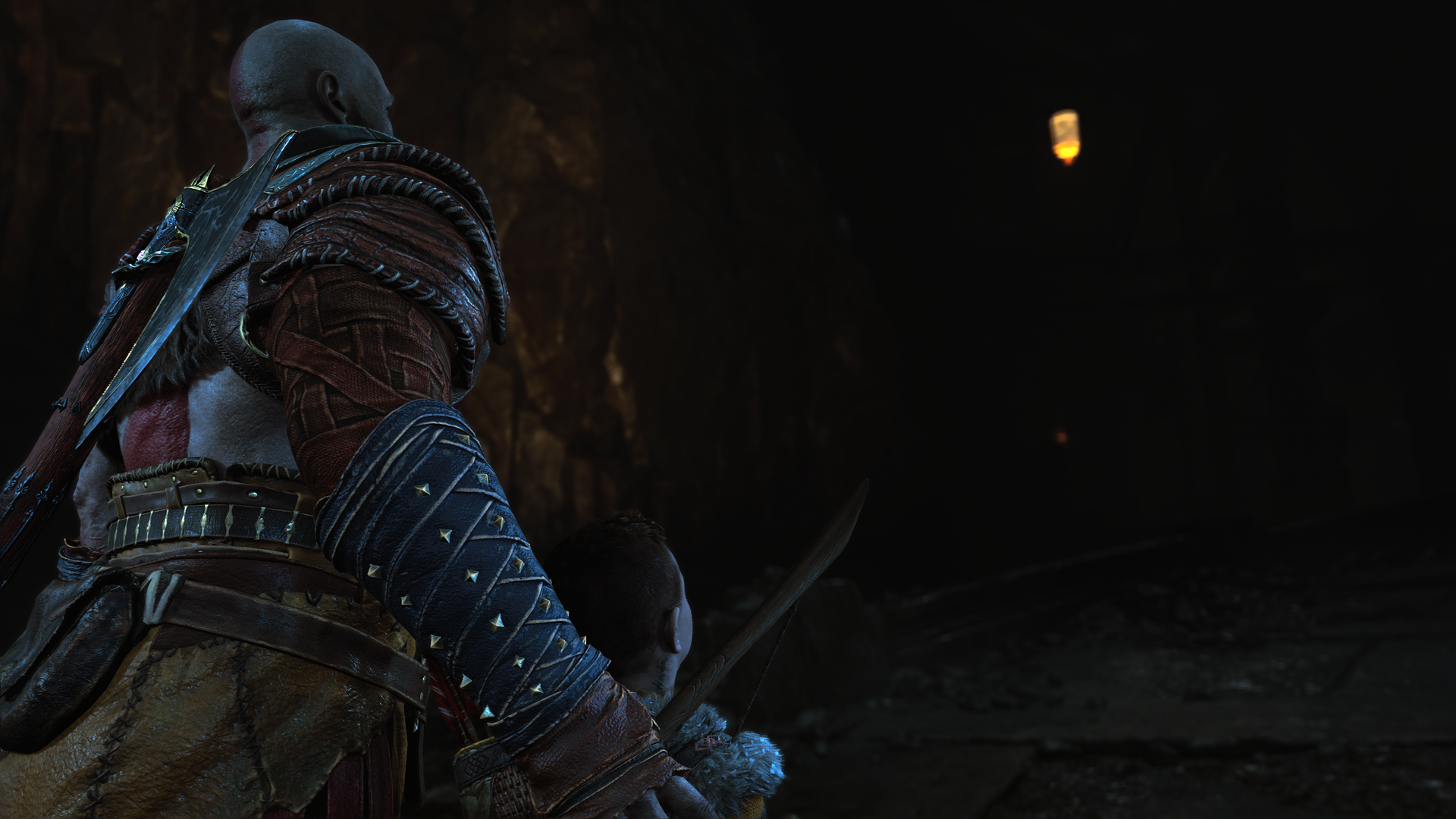
-
God of War Review #45
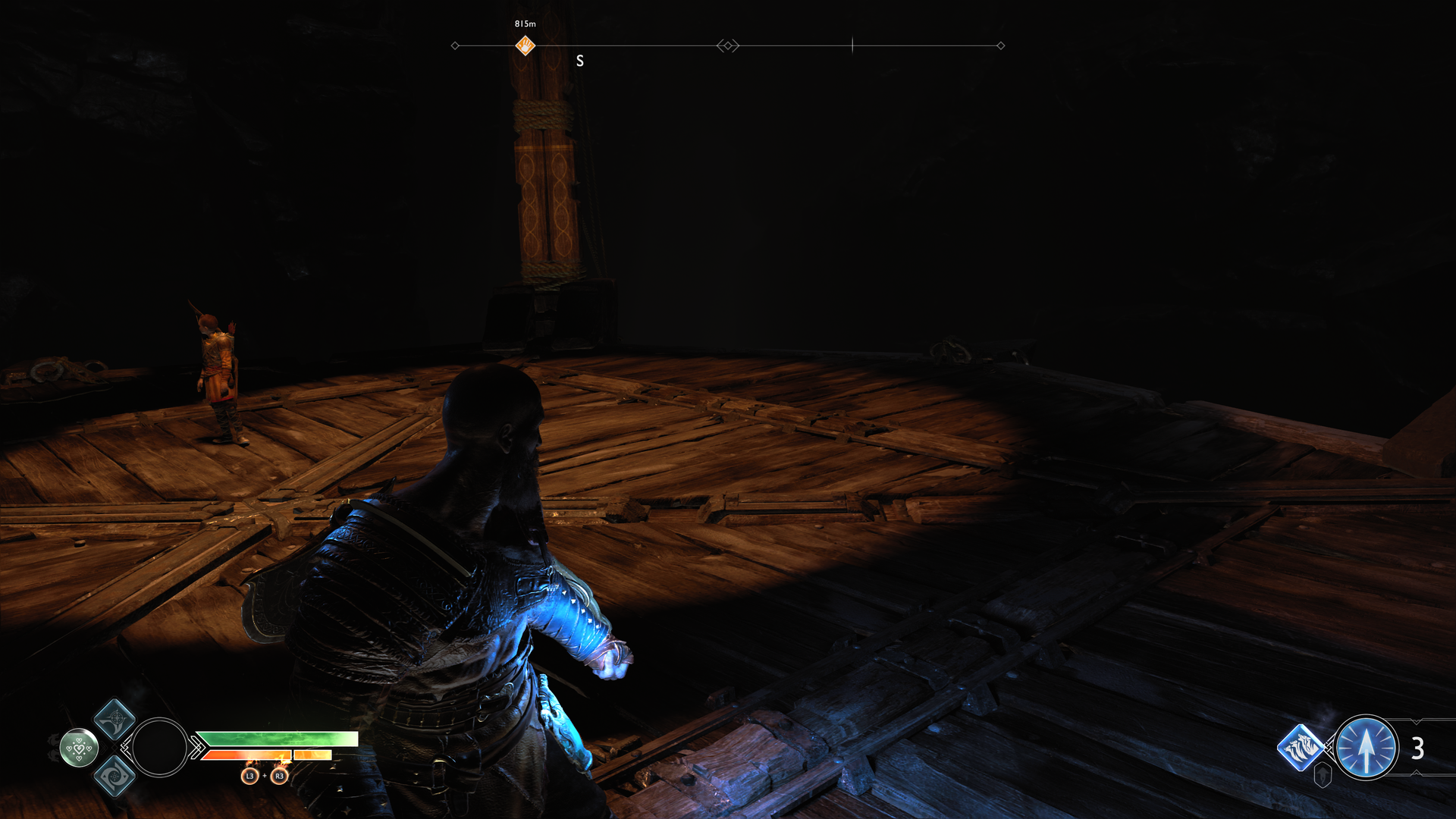
-
God of War Review #46

-
God of War Review #47
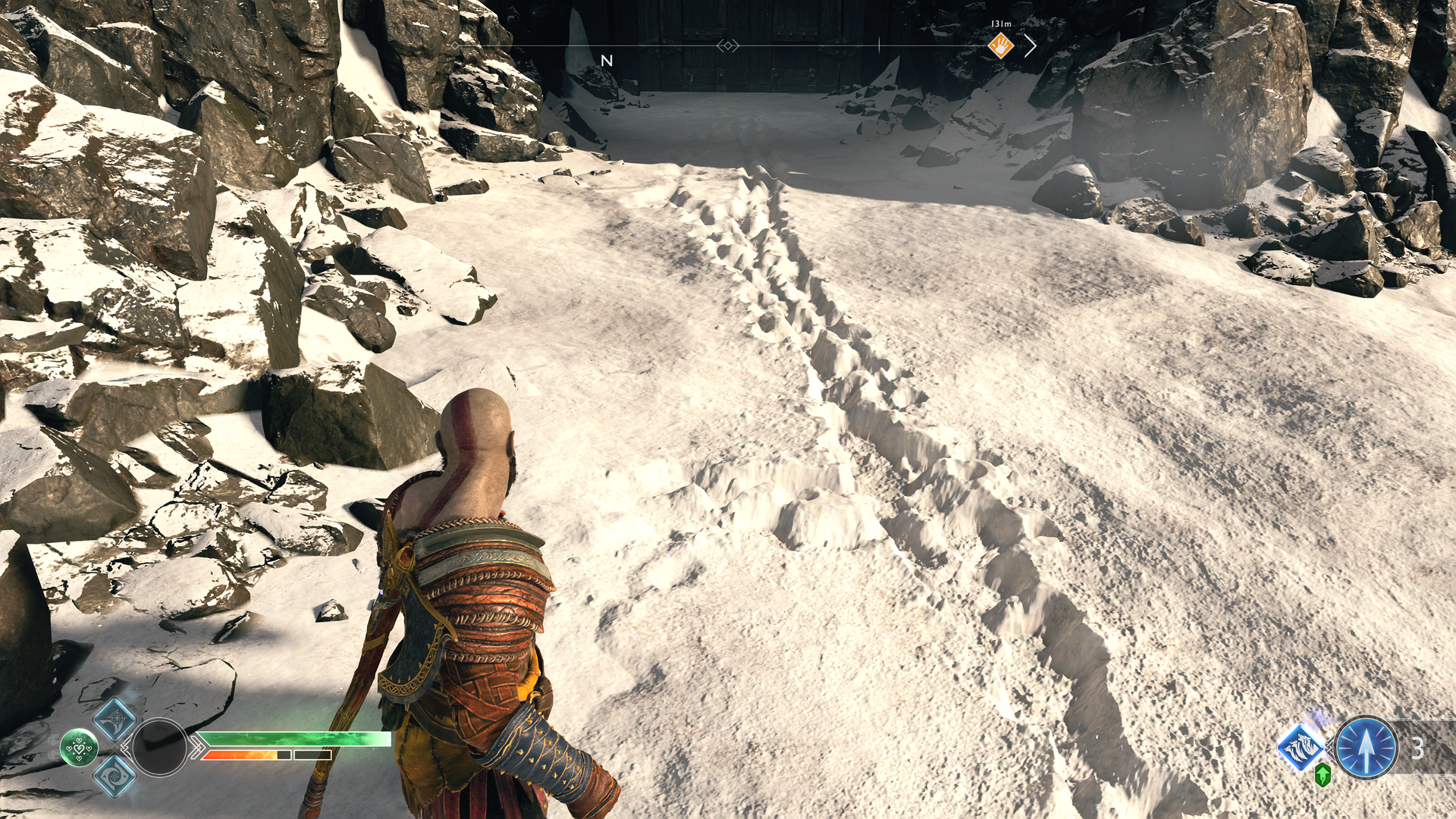
-
God of War Review #48

-
God of War Review #49

-
God of War Review #50
